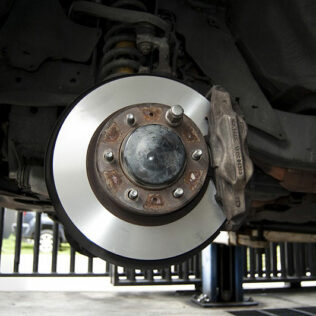While driver error is the most common reason for car accidents, there are situations where a defective car part is to blame. When this happens, a manufacturer or designer may be liable for your injuries. Here is what you need to do when a defective car part causes an accident.
Defect Types
First, you need to know what kind of defect your car has. This will help you narrow down the list of liable parties and prove your claim for compensation. The three most common types of defects are:
- Manufacturing defects: A flaw that arises during the manufacturing or assembly process. When a part is not created in accordance with its intended design, it makes the vehicle hazardous and more likely to cause injury.
- Design defects: A vehicle or its parts are designed in an unsafe manner.
- Warning defects: A part or vehicle can be designed and manufactured properly, yet still create a risk of injury. If so, there must be instructions and warning labels to protect consumers from theses hazards.
While any part of your car can have issues, there are parts that are commonly affected including, but not limited to, defective airbags, tires, brakes, ignition switches, door latches, seat belts and fuel pumps.
Liability
The party responsible for the defect that caused your accident can vary. First, you should look at the maker of the defective part and determine if the maker is different from the manufacturer of the car. Other possible defendants include, but are not limited to, car dealerships and any other parties responsible for the vehicle parts throughout the supply chain, such as a transporter.
Recovering Compensation
If you want to recover compensation, you must file one of two claims: (1) strict liability or (2) negligence. For a strict liability claim, you are asserting that the other party is liable for your injuries because they are responsible for the defect. You are not proving that they did anything wrong but just claiming they are responsible due to their ownership of the defect. A negligence-based claim, on the other hand, requires you to prove the other party was careless or reckless in their design or creation of the defective car or part. You must provide evidence that the defendant(s) failed to act reasonably, and as a result, you were injured.
Whether you file a claim based on strict liability or negligence, you can seek compensation for medical expenses, lost income, pain and suffering, disability, disfigurement, loss of quality life and in some cases, punitive damages. If you have been injured in a car accident by a defective part, please contact our Indiana product liability lawyers at Langer & Langer today.
Call 219-246-4759 or contact us online to schedule a consultation.

